The Reading Tree
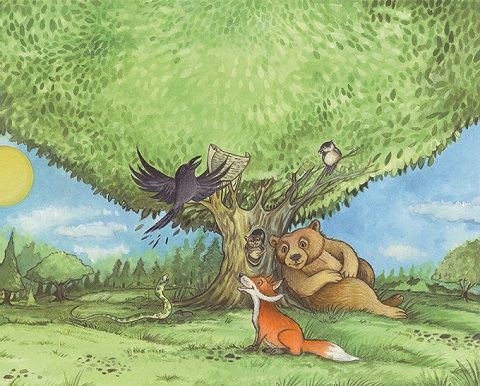
Reading with your child is one of the most effective things you can do to support the growth of language and literacy in the early years. Written and developed by children’s librarians, VPL’s picture book The Reading Tree takes young children on a colourful journey through a forest filled with language and fun. Provided free to Vancouver families with young children at VPL branches across the city, The Reading Tree also includes a practical guide to incorporating talking, singing, playing, writing and reading into your family’s daily routines in fun, simple ways. The ebook version of the Reading Tree has a fun read-a-long feature!
Supporting early literacy: A guide for parents and caregivers
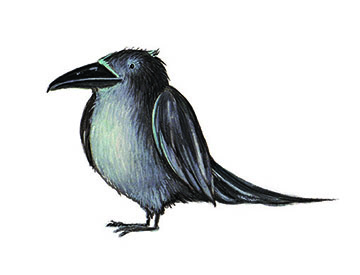
Early literacy includes all that children know and learn about reading and writing before they can actually read and write. This guide offers information and activities for you and your child to enjoy and develop early literacy skills together.
Did you know?
Research shows that children start to become literate long before they learn to read. As parents and caregivers, you already include many early literacy activities in your child's daily life. You can support your young child's early literacy growth now by talking, singing, playing, writing, and reading together.
Talking
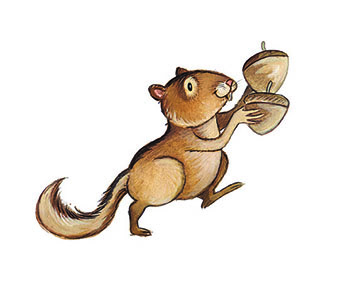
Babies begin to learn language from the time they are born. By seeing and hearing others speak with words or sign language, most children learn words and ideas that help them make the jump to reading when they are ready.
Talk about anything
- Talk to your child about what is happening around you—even if they can't talk or sign back, they will begin to recognize the words you use and understand them.
- Communicate in the language you are most comfortable with, including sign language.
- When your child babbles, gestures, or speaks, acknowledge them and respond.
- Add details to what your child tells you and use descriptive words.
Singing
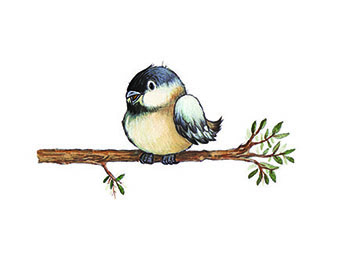
Singing slows down language and helps children hear the different sounds of words. Breaking down words into sounds and syllables helps children with reading later on.
Start singing and rhyming
- Sing favourite songs and say rhymes in the language you know best.
- Sing songs from your family's culture.
- Sing along to your favourite kinds of music.
- Match songs and rhymes with your daily routines such as eating, changing diapers, and getting ready for bed.
Playing
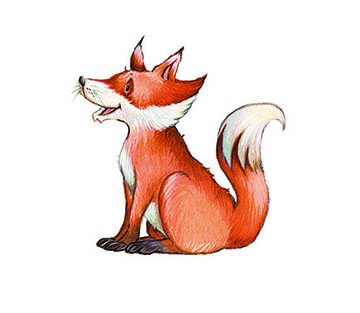
Playing is fun and can help children of all abilities practise communication and reading skills. By using their imagination to make up stories during play, children become familiar with how stories work and how the world works too.
Play, move, and imagine
- Give your child plenty of chances to play, move their body, and stretch their imagination.
- Use cardboard boxes, paper tubes, and pots and pans as tools for imaginative play.
- Let your child take the lead when you play together.
- Encourage your child to play-act books and stories using toys and other objects you have at home.
Writing
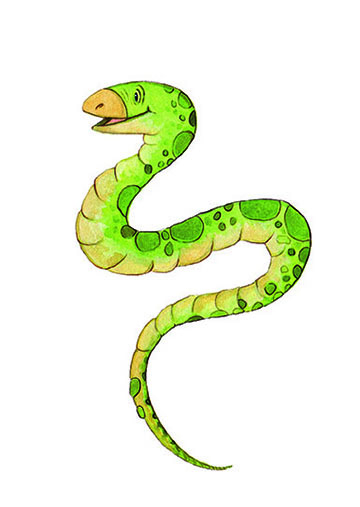
Writing begins with children scribbling and making marks on paper. Any activity your child does with their arms, hands, and fingers will help develop fine motor skills. Scribbling with crayons, playing with dough, and picking up small objects are just a few activities that can help develop the coordination needed for learning to write.
Start small
- At mealtime, encourage your child to pick up small pieces of food to feed themselves.
- Give your child blocks, balls and other objects to move and roll.
- Write your child's name together and help them learn each letter.
- Write down a story that your child tells you, and then read it back together.
Reading
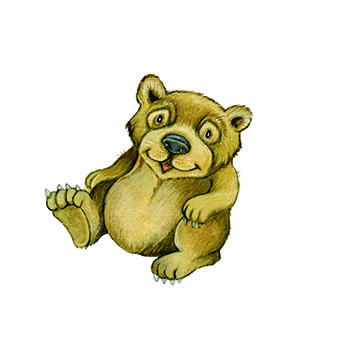
Reading is one of the best ways to help children become good readers later in life. When you read wonderful, funny, exciting stories to your child, they are more likely to want to learn to read by themselves when they go to school. Reading also helps them learn new words, connect words and pictures, and follow a story from beginning to end.
Read all the time
- Make reading a fun, interactive and special time together.
- Let your child choose the books they want you to read together.
- Read favourite books more than once and ask questions as you read.
- Point out and read printed items around you such as food labels, street signs and shopping lists.
